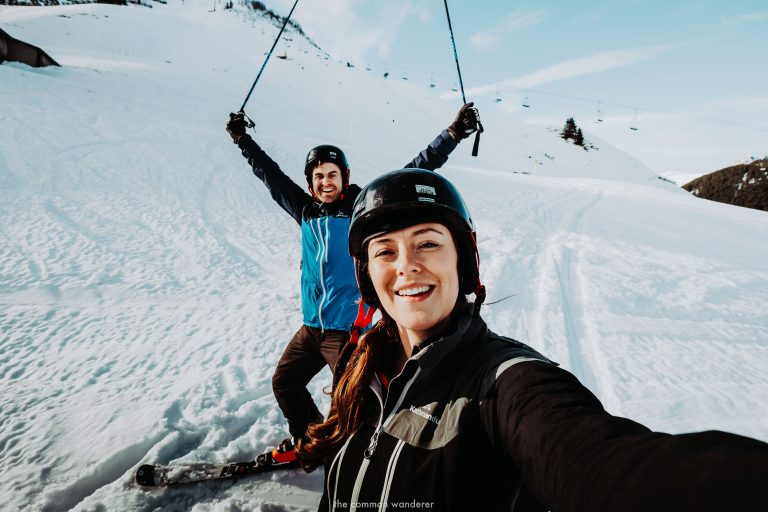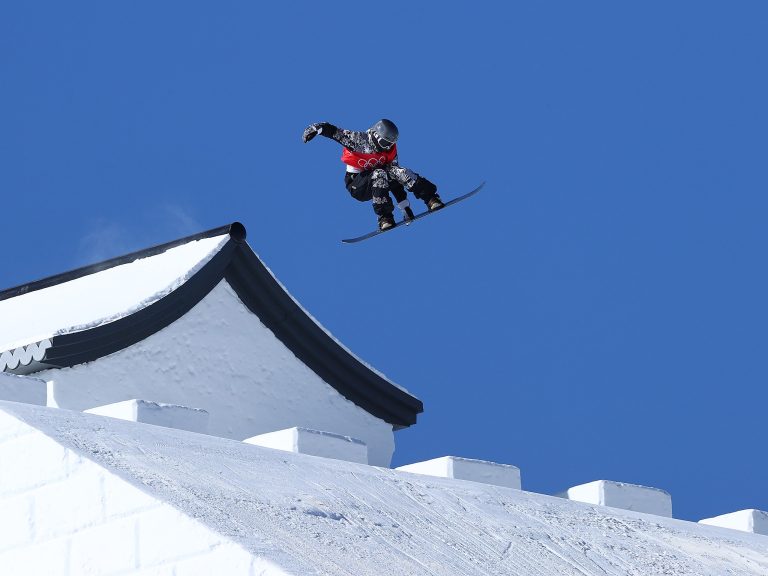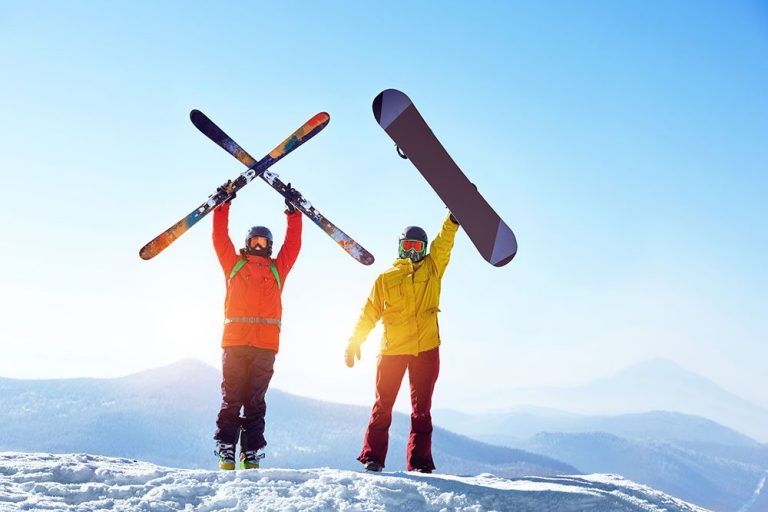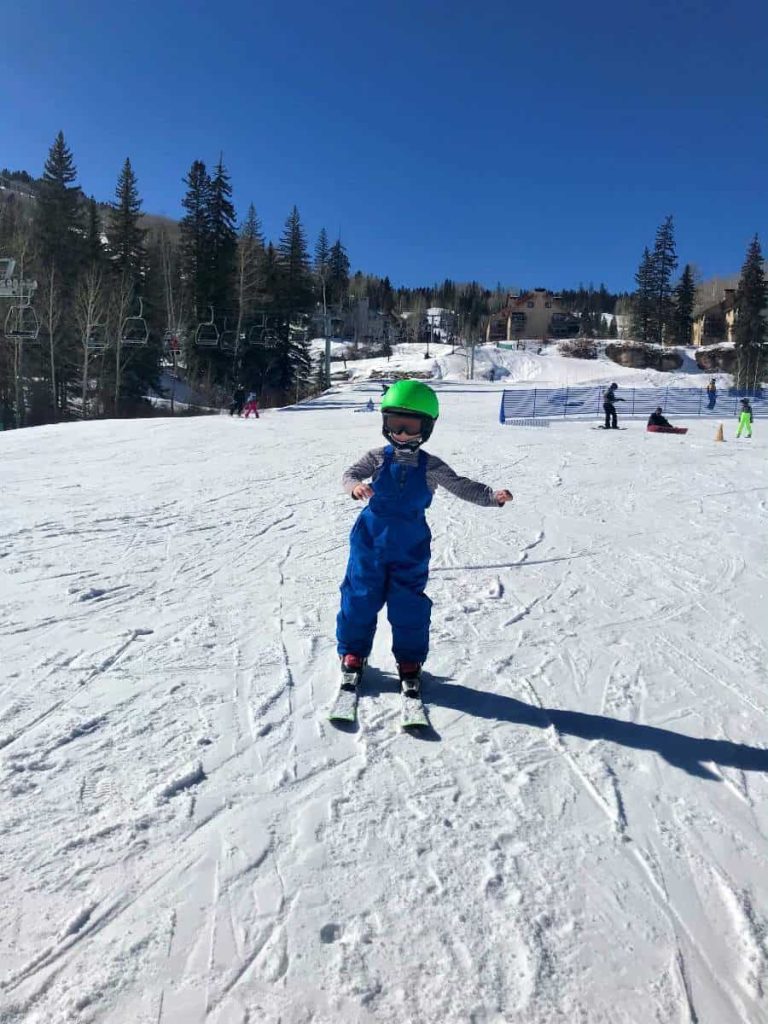Similar Posts

What to Know before Skiing for the First Time?
What to Know before Skiing for the First Time? Are you gearing up for your first ever skiing adventure? Before you head to the snowy mountains, there are a few things you should know to make your experience smooth and enjoyable. 1. Proper Gear: Make sure to wear proper skiing gear including clothing, helmet, goggles,…

How Many Skiing Events are in the Olympics?
How Many Skiing Events are in the Olympics? When it comes to the Winter Olympics, skiing events are among the most popular and exciting competitions. With its combination of speed, skill, and adrenaline, skiing has captivated audiences around the world for decades. But just how many skiing events are there in the Olympic Games? Let’s…

Which is Better for Knees Skiing Or Snowboarding?
Which is Better for Knees: Skiing or Snowboarding? When it comes to winter sports, skiing and snowboarding are two popular choices. They both offer thrilling experiences on the slopes, but if you’re concerned about your knee health, you may wonder which one is better for your knees. In this article, we will explore the impact…

How Fast Can You Go on Skis: Unleashing Extreme Speeds
Professional skiers can reach speeds of up to 95 mph. Recreational skiers typically ski at speeds between 10-20 mph. Skiing is a thrilling winter sport that attracts millions of enthusiasts worldwide. Speed varies greatly depending on skill level and conditions. Professional skiers can achieve incredible speeds, clocking in at nearly 95 mph. Recreational skiers, however,…

Best Place to Take Kids Skiing for First Time?
Best Place to Take Kids Skiing for First Time Are you planning to introduce your kids to the exciting world of skiing? Taking your children skiing for the first time can be a memorable experience for both you and your little ones. Choosing the right destination for their first skiing adventure is crucial to ensure…
